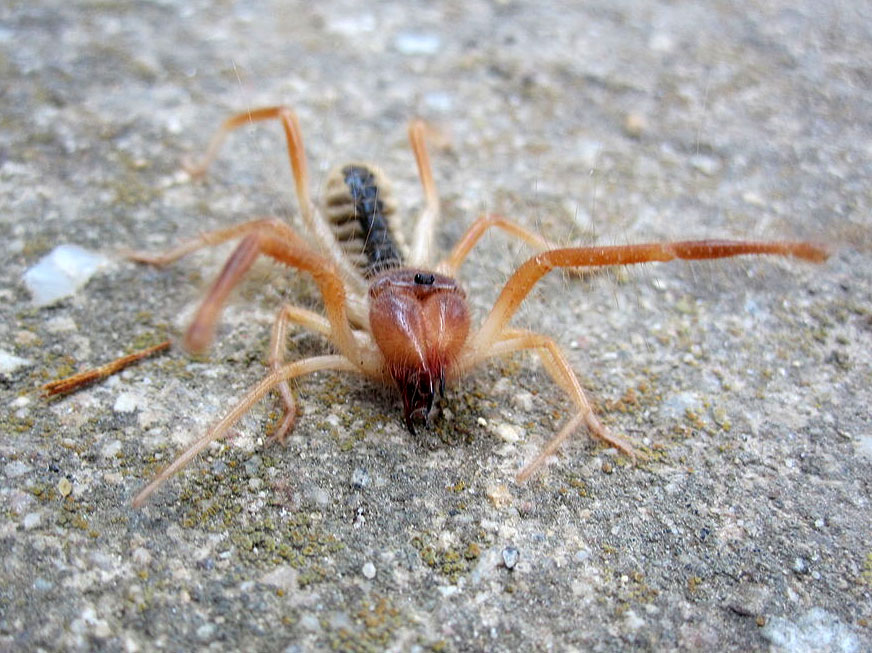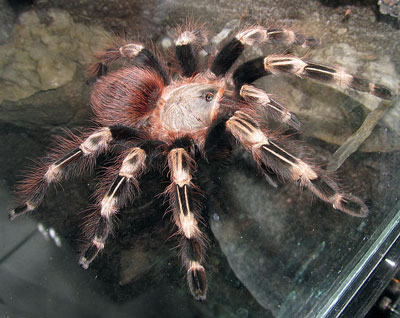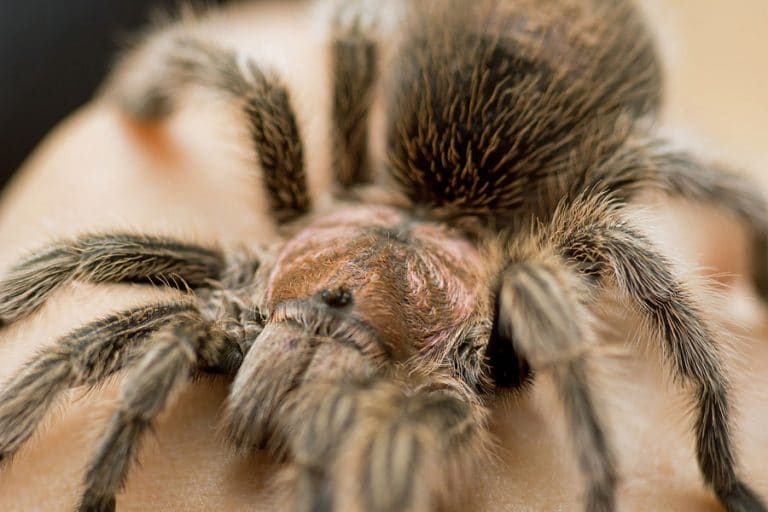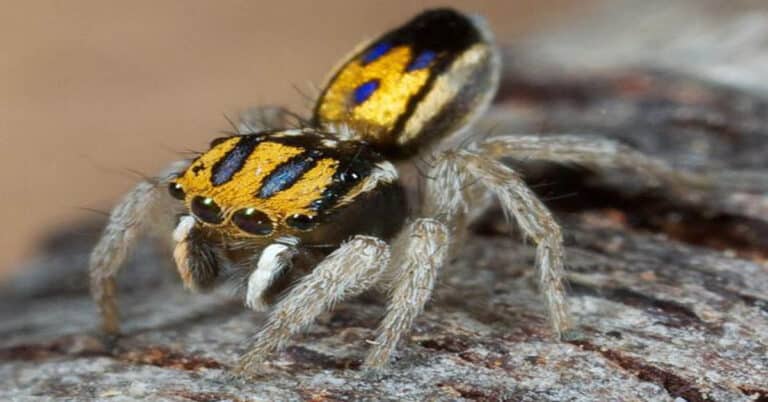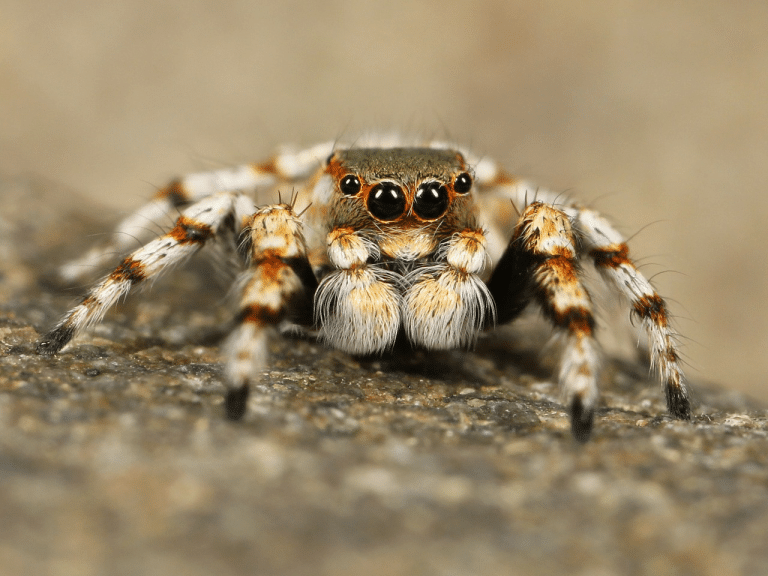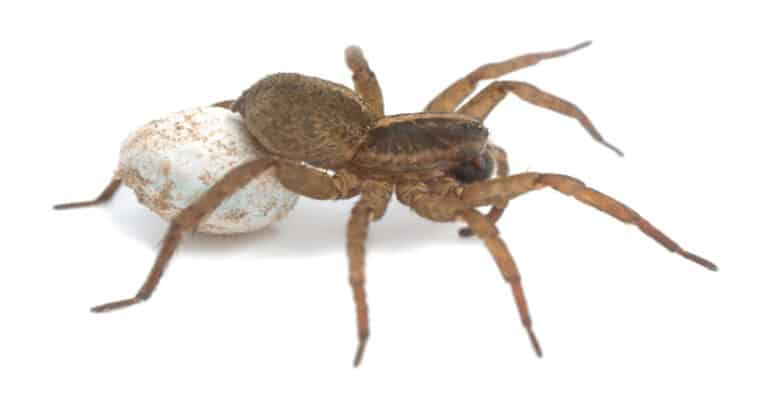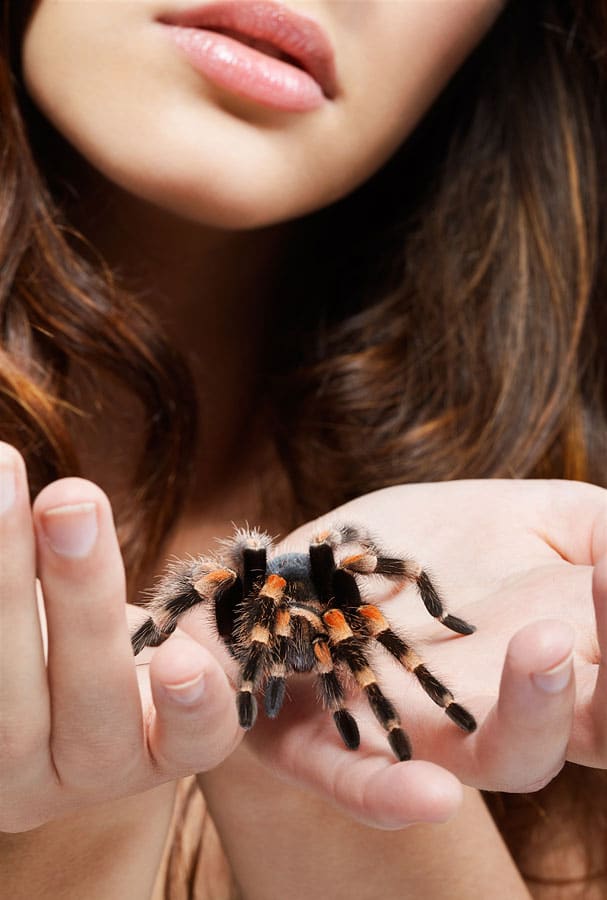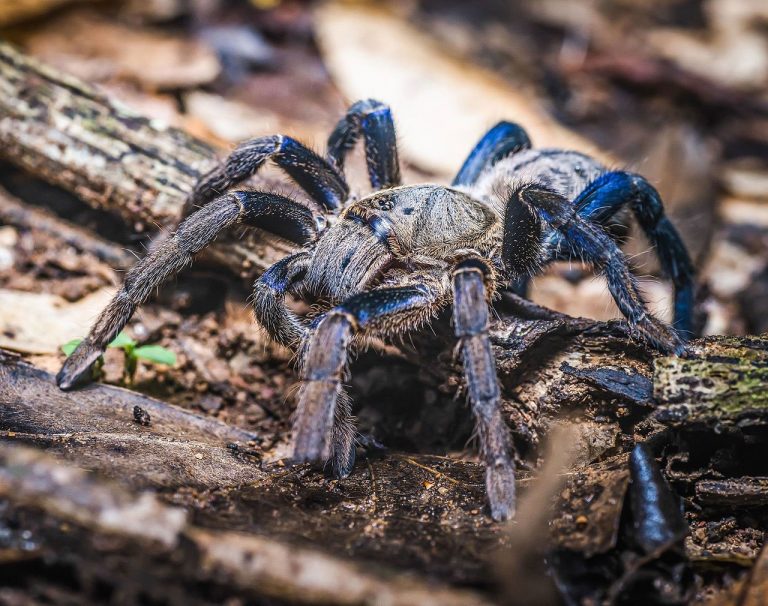Keeping a Spider as a Pet
Many Consider Keeping Tarantulas an Absorbing Hobby
Spiders are arthropods with eight legs and breathe air. They grab their victims using their fangs and poison their prey. You can find them all over the world except in Antarctica and can survive anywhere. Many consider keeping a spider as a pet, a very challenging hobby. Tarantulas are the largest variety of spiders.
Types
The main types include Brown Recluse Spider, Camel Spider, Tarantula, Wolf Spider and such like.
Tarantulas
They come from the family of Theraphosidae spiders, are large-sized and hairy. The botanists have identified nine hundred verities from this family. Most varieties of tarantulas are not hazardous for humans and perhaps for that reason certain people prefer some varieties for trading of pets.
Tarantula Spider Body Parts
External surface of tarantulas is strong. The prosoma and the abdomen are the two main parts that form its body and a pedicle or its waist, joins them. The body has eight legs with seven segments each. The tarantulas release the venom through fangs, located beneath their eyes.
Keeping Tarantulas as Pets
Since long, tarantulas have continued as popular pets. Many consider keeping tarantulas as pets as an absorbing hobby. As pets, tarantulas are very distinctive, do not need much space and are quiet. Yet, they are not the ideal choice as pets because of pet spider risks. That is not because of any risks for the hobbyist but for the risk and stress to which you may expose the tarantula. Read on and you will gain several useful tips about tarantulas.
The Challenge
Though tarantulas are not dangerous, they are extremely agile and known for performing some of the most amazing acts. It is because of this characteristic that most people would find it challenging to come closer to them and get initiated in exploring their nature and knowing more about them.
Which one would you choose?
If you are considering having a tarantula as a pet, you need to take care of a few things. You need to assess their temperament and requirements, as these vary with the varieties.You will also need to decide its age. Beginners would do well by opting to have the smaller species. Females are generally bigger than the males, and they would require a glass enclosure with five gallons capacity.
Housing Tarantulas
Tarantula Spider
The frugal housing requirements of a tarantula are the biggest advantage of keeping tarantulas as pets. Mostly shoebox-sized enclosure suffices, but the thumb rule is that the box must have a floor space of four times the size of the tarantula with its legs in fully extended position. The tarantulas mostly use their tactile senses for exploring the environment, and therefore, too large a box will stress them. Most people buy only the female tarantulas that have a lifespan of over 20 years.
Substrates
Filling the ready enclosure is not difficult. Use a suitable substrate; provide a proper shelter, a water dish and preferably, a bedding of pure orchid bark or bedding made from a mix of orchid bark and coconut husk peat.
Humidity
You should always provide water in a tarantula cage because this arachnid does need and drink water. Take care to provide a spill-proof dish that can accommodate the tarantula’s entire body. You can get better results from keeping the humidity in the cage between 40-60%
Feeding
Tarantulas are easy to feed and this is one of the simplest aspects of their care. You can take advantage of their diverse diet in the wild and easily feed them crickets, roaches, mealworms and other small insects.
As a Pet
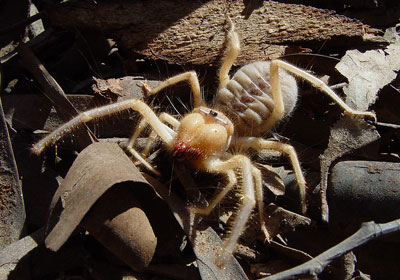
Keeping a spider as a pet, especially a tarantula has always provided an enjoyable experience to their owners at all times. With a long life span, they will stay many years with you if you care properly for them. Many consider them as low maintenance pets that are not demanding on your time and energy, and you can easily go on a vacation, without having to entrust them to others because they can withstand long periods without food, provided you arrange to ensure to maintain their humidity requirements. About two weeks without food does no harm to these arachnids.
In the normal course, feed adult tarantulas only twice a week. Some burrowing varieties require just a tank, a water dish, a substrate of peat moss and a burrow. Their daily life is enchanting as they actively involve themselves in burrowing; building their amazing webs and eating their prey. This quiet and non-interfering pet requires only that you feed it and clean the tanks regularly once in three months. Some feel that they make for more interesting pets than hermit crabs and fish, and very much less expensive to maintain.

Having discovered a fondness for insects while pursuing her degree in Biology, Randi Jones was quite bugged to know that people usually dismissed these little creatures as “creepy-crawlies”.

